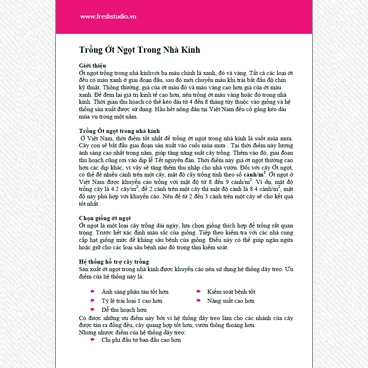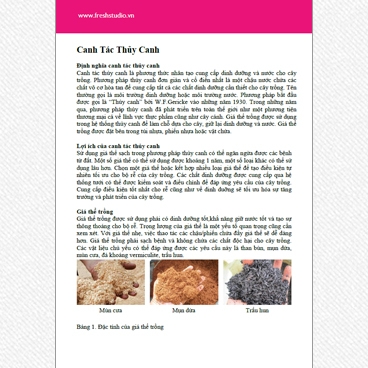Greenhouse sweet peppers are primarily grown in three colours: green, red and yellow. No matter what the final colour of the pepper, all sweet peppers start out green in colour and the final colour develops as the fruit ripens.
In general the price of red and yellow sweet pepper is higher than green sweet pepper, making it more profitable to harvest sweet peppers grown in a greenhouse red or yellow. The sweet pepper plants can be kept in production from 4 – 8 months depending on the variety and production system used. Most farmers in Vietnam try to grow a sweet pepper crop for one year.
+ Sweet pepper production VNE (530 KB)
____________________________________________________
Source: Fresh Studio
Language: Vietnamese
Publication date: April 2012Also interesting to read:








